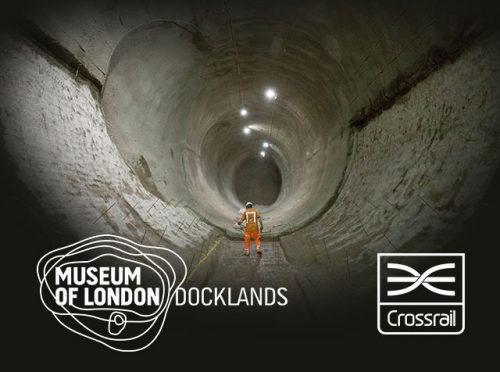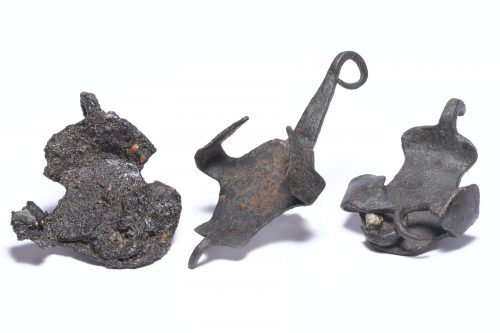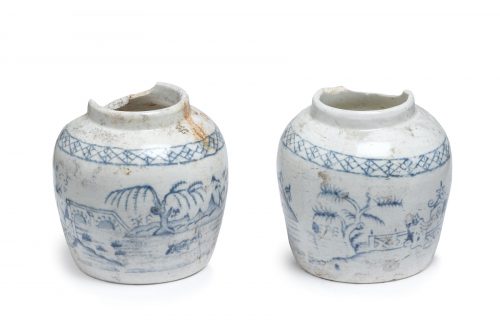The largest display of archeology from the Crossrail project is set to go on display in Docklands it has been announced today.
Since work began in 2009, the Crossrail has undertaken one of the most extensive archaeological programmes ever in the UK, with over 10,000 artefacts shining a light on almost every important period of the Capital’s history.
From that collection, over 350 objects spanning the entire 8,000 years of the archeological record have been selected to show the history of London from Abbey Wood to Paddington, from Mesolithic man to modern industry.
Around 200 staff have worked on the archeology project over the past 7 years, and many years of study still lie ahead to uncover the secrets of the items found.
The exhibition, which opens next February is being laid out in 9 clusters, showing off either specific locations in London, or themed segments.
You can expect to see prehistoric flints found in North Woolwich, showing evidence for Mesolithic tool making 8,000 years ago. A flint scraper is probably the highlight for most, but remarkably, they also found a cluster of flint shards that are likely to be the remains of someone making a flint axe. The axe was carried away once it was made, but 8,000 years ago, someone sat next to the Thames and made that axe — and next year, you can see the evidence of its construction.
One of the other significant findings are Europe’s largest find of hipposandals. Hippos did once live in London, but before you get carried away with images of Roman Centurions riding through London on iron shod hippopotamuses, the hippo is greek for horse, while the sandals are, well, shoes for horses.
Also, the hippos lived in London around 750,000 years ago when London had a more Mediterranean climate, and it was very much colder and damp by the time the Romans arrived. Much to their evident annoyance.
Back to the hipposandals, before shoes were nailed to horses, it’s thought that rural horses might have iron plates strapped to their feet when entering London, although its a bit contentious as a theory.
Quite why there is a cluster of horse sandals near Liverpool Street is another of the myriad of mysteries that London routinely throws up.
From Roman horses, the exhibition will leap forward to modern times, with industrial archeology from the Thames ship builders, and the huge horde of jars found in an old underground water tank belonging to the Crosse & Blackwell factory in Soho.
It should be an eclectic display linked by the construction of a giant railway tunnel rather than any specific historical theme. They also aim to show off the process of archeology on a building site and how to balance the tension between the need to excavate the history against commuters wanting a new railway service.
Most of the tunnels are deep below the archeology layer, but the stations and ventilation shafts punch through the surface layers, and it is these spots around London that have delivered up the artifacts that will go on display. The deepest objects being found some 7 metres below ground around the already deep Wallbrook valley in the City of London.
Jackie Keily, Curator of archaeological collections at the Museum of London, said: ‘From east to west, the Crossrail project has dug through layers of London’s rich history, unearthing a wealth of fascinating stories and objects. The exhibition will take us on a journey from prehistoric forests and marshes to the marvels of 21st century engineering.”
The exhibition opens next February in the Museum of London Docklands.











